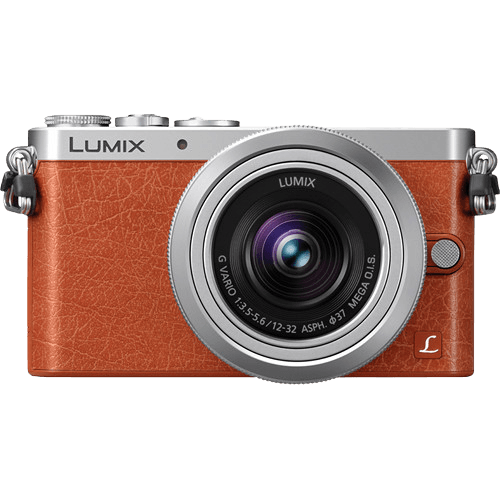Panasonic Lumix DMC-GM1 Specs and Scores

The Panasonic Lumix DMC-GM1 scores a 48 out of 100 in our evaluation. Announced in October 2013 and released the same year, this mirrorless camera retailed for $600 at launch. With a compact size of 99 x 55 x 30mm and weighing only 204g (0.45lbs), it offers a portable option for photographers. However, considering the advancements in camera technology since 2013, the DMC-GM1 may not be the top choice in today’s market, but it still holds its own as a lightweight and affordable option.
Panasonic Lumix DMC-GM1 Overview and Optics
The Panasonic Lumix DMC-GM1 receives an optics score of 48/100. This camera features a 16-megapixel CMOS sensor and a Venus Engine processor. Its shooting speed is 5 frames per second, and it has a DXOMARK sensor score of 66. The GM1 uses a Micro Four Thirds sensor size and a Micro 4/3 lens mount. However, it lacks image stabilization and has a 4:3 aspect ratio.
In the current market, the GM1’s specifications are modest. Many modern cameras offer higher megapixel counts, faster shooting speeds, and improved sensor technology. The absence of image stabilization may be a drawback for some users, as it affects image sharpness in certain shooting conditions.
Despite its limitations, the Panasonic Lumix DMC-GM1 still has its merits as a compact and lightweight camera. While it may not be the top choice for professionals, it is a suitable option for casual photographers or as a secondary camera.
Panasonic Lumix DMC-GM1 Video Performance
The Panasonic Lumix DMC-GM1 receives a video score of 70/100. This camera offers Full HD video recording with a maximum resolution of 1920 x 1080. The camera can capture footage at a high frame rate of 60fps, ensuring smooth and detailed video quality. Additionally, the Lumix DMC-GM1 is equipped with built-in time-lapse functionality, which allows for creative and dynamic video production.
In comparison to other cameras in today’s market, the Lumix DMC-GM1’s video capabilities are satisfactory, but not exceptional. Many modern cameras now offer 4K video recording, which delivers a higher resolution than Full HD. However, the 60fps frame rate and time-lapse feature make the Lumix DMC-GM1 a viable option for hobbyists and casual videographers.
The Panasonic Lumix DMC-GM1 provides decent video performance, suitable for those who value both photography and videography in a compact camera. While not boasting the highest video resolution available, its features and capabilities are sufficient for capturing quality footage in various situations.
Panasonic Lumix DMC-GM1 Features and Benefits
The Panasonic Lumix DMC-GM1 garners a feature score of 57 out of 100. With a 3-inch touchscreen display, it offers a screen resolution of 1,036,000 dots. However, it lacks a flip screen, GPS, and Bluetooth connectivity. It does come with built-in WiFi capabilities.
In today’s market, the GM1’s features are decent but not exceptional. The touchscreen and WiFi are useful, but the absence of a flip screen, GPS, and Bluetooth may deter some potential buyers. Additionally, the screen resolution is adequate but may not meet the expectations of users who prioritize high-quality image previews.
The GM1 provides a reasonable set of features, making it a suitable choice for those who prioritize simplicity and ease of use. However, for users seeking advanced features, it may not be the ideal choice.
Panasonic Lumix DMC-GM1 Storage and Battery
The Panasonic Lumix DMC-GM1 receives a storage and battery score of 13/100. It has one memory card slot that accepts SD, SDHC, and SDXC cards. The camera’s battery life is 230 shots, and it uses a DMW-BLH7 battery. Unfortunately, it does not support USB charging.
Comparing these specifications with today’s market, the Lumix DMC-GM1 falls short in terms of battery life and charging options. Many current cameras offer longer battery life and the convenience of USB charging. The single memory card slot is standard, but the limited battery life and lack of USB charging make the Lumix DMC-GM1 less competitive in the storage and battery department.
